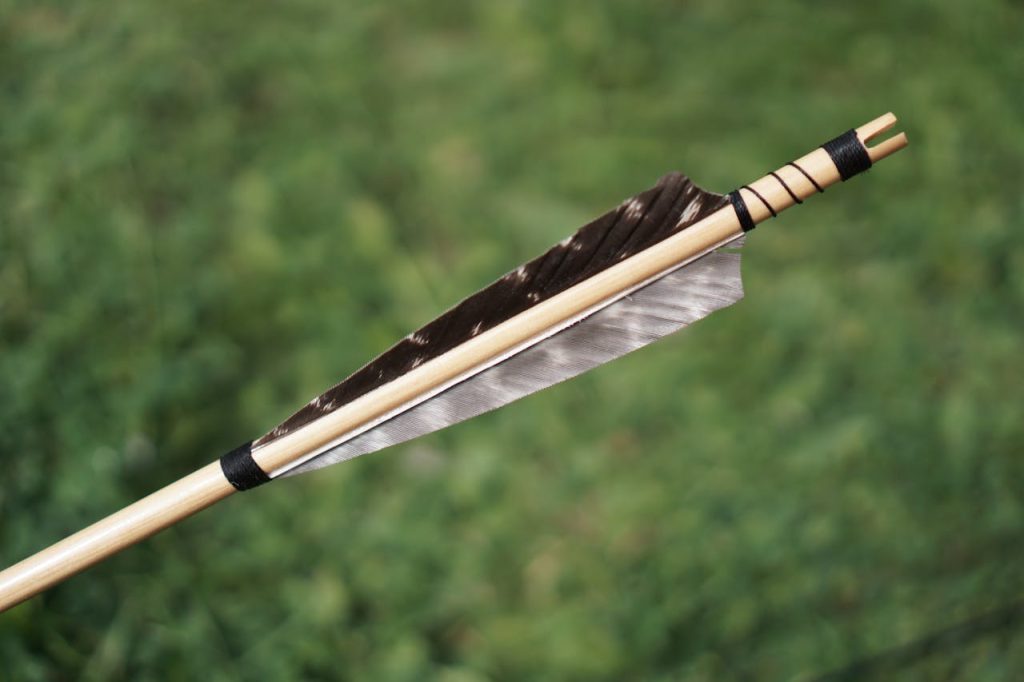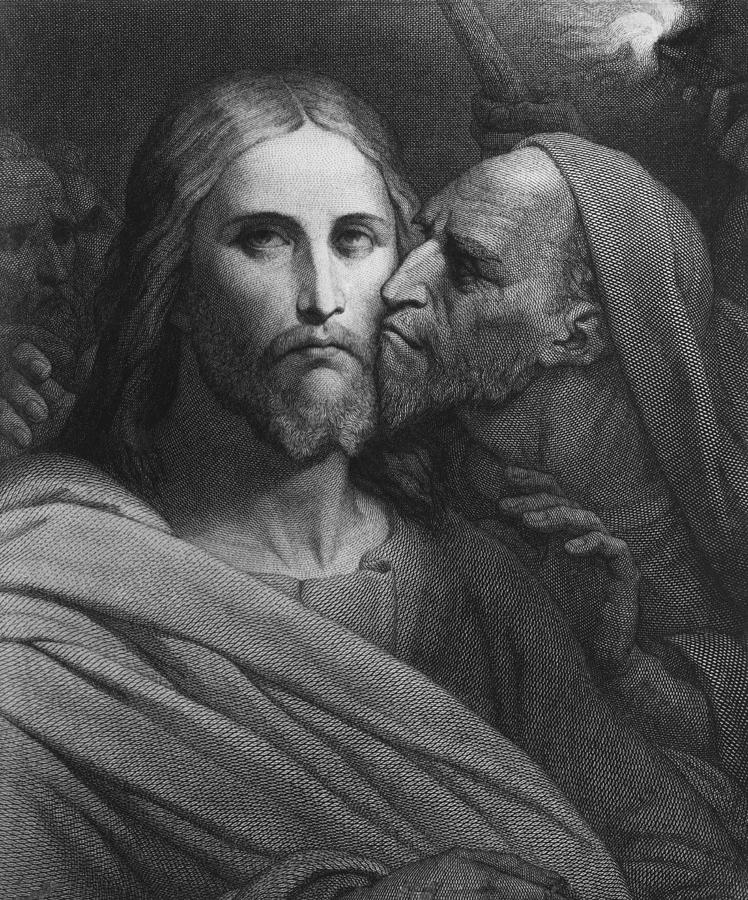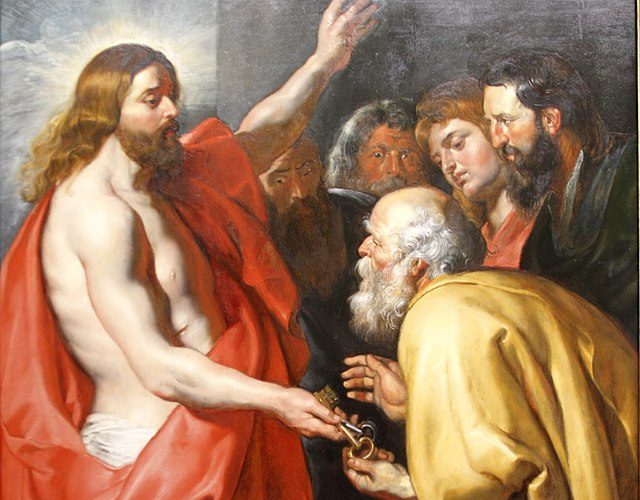When Beowulf fought the monster Grendel in the mead hall of King Hrothgar, his weapons did him no good. Arrows bounced off Grendel, and Beowulf’s sword could not cut him. He was forced to wrestle Grendel, pulling off his arm and killing the beast.
St. George kills the personification of evil with a lance. In many of the paintings, St. George’s lance is thin, barely bigger in diameter than a pencil at the end.
Obviously, God has sent the necessary aid to St. George, some of which is obvious in the strengthening of the very thin lance, a lance far too thin to keep its wood unsplintered as it pierces the thick skin and skull of the writhing dragon without Divine Assistance.
When we compare that with bare-handed Beowulf fighting to the death against another personified evil, we see one difference between Catholic and Protestant. While Beowulf is a Catholic allegory (twelve men were with him when he went by boat to the Kingdom of the Geats) of the battle with evil, it’s more of a do-it-yourself conflict from a region only shortly before having become familiar with Catholicism. St. George, from an area of much longer Catholic history, asks for, and receives, God’s help in his battle.
Considering the filth, stench, and blood of both Grendel and a dragon, one at least stays cleaner when asking God and His Saints and Angels for help in our own battles against the evils within and without our own minds, rather than grappling with them ourselves.








